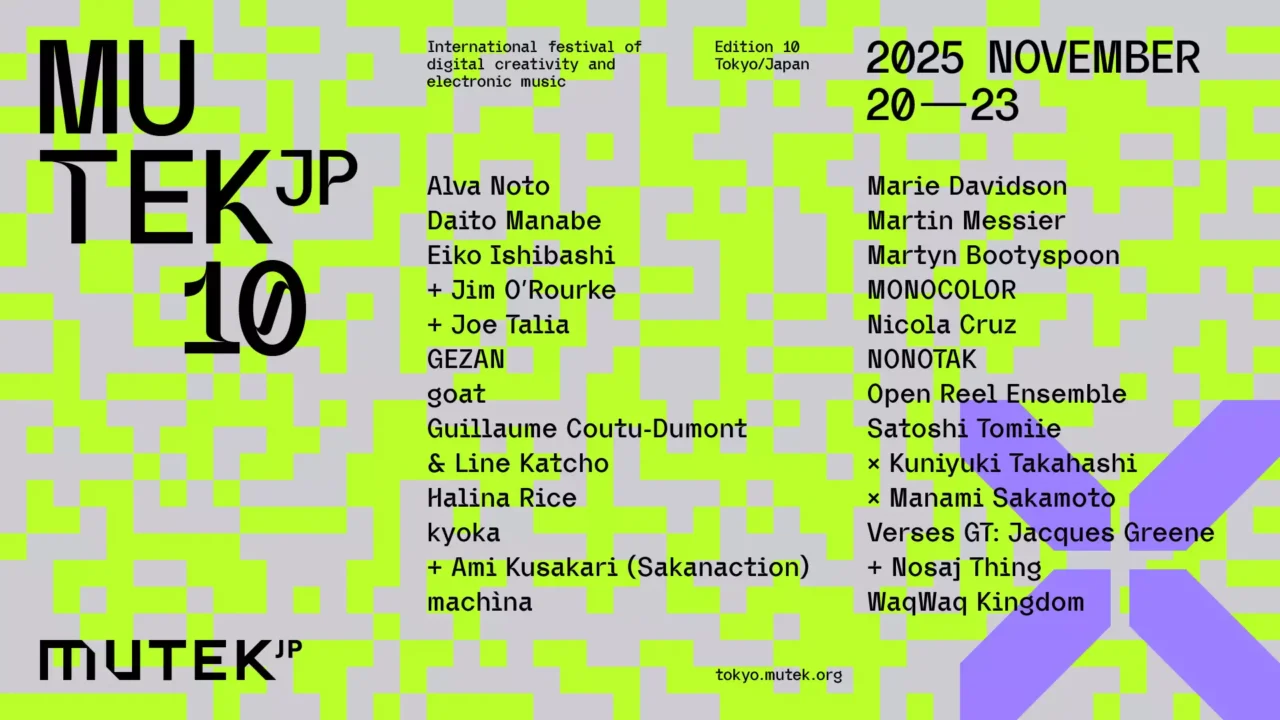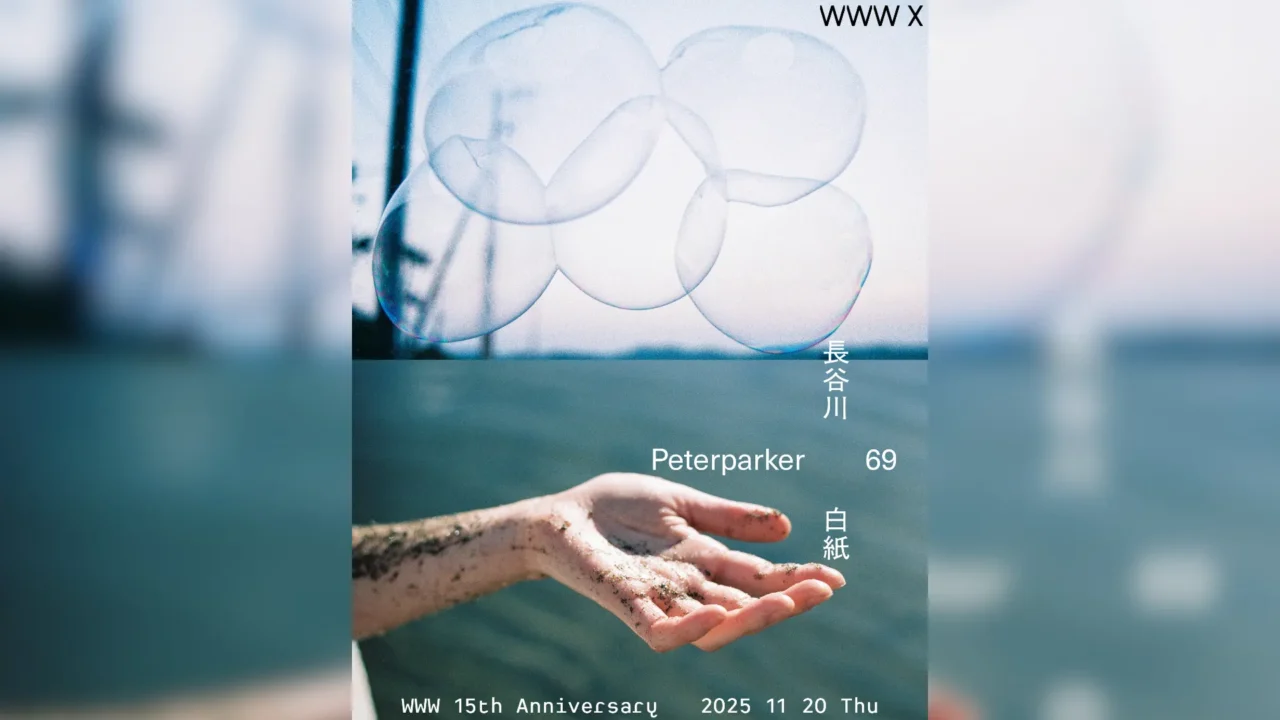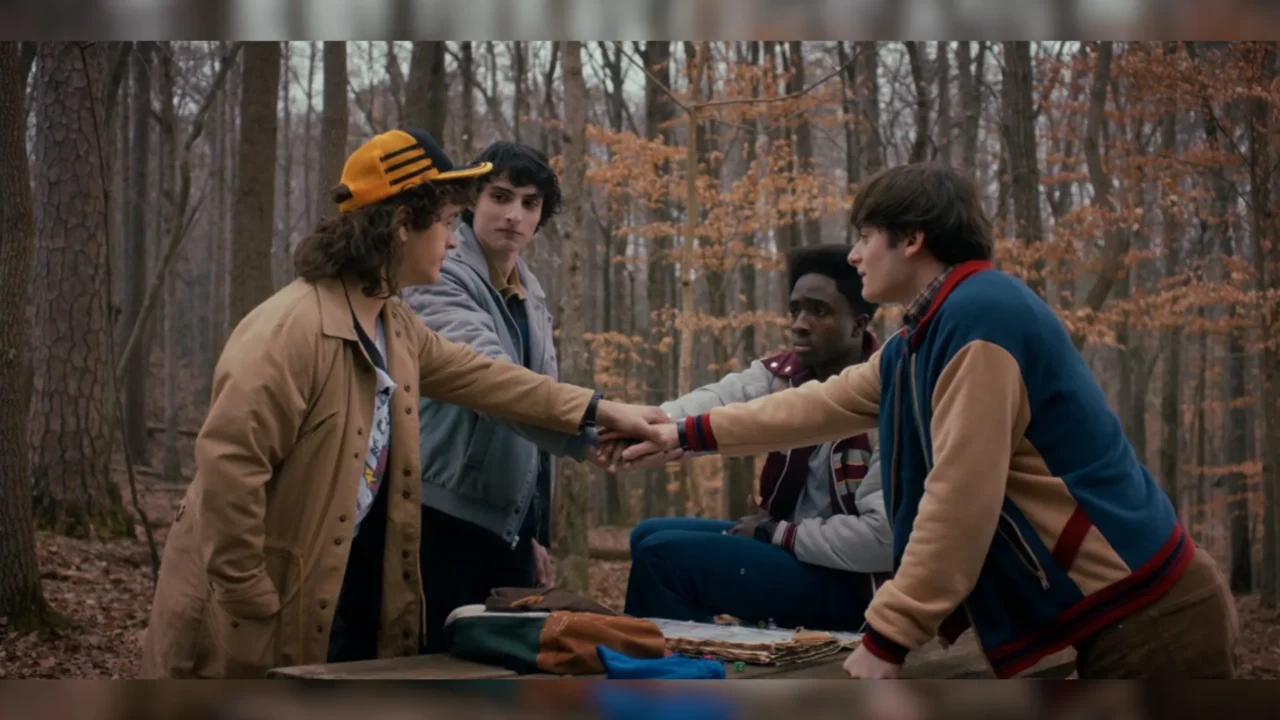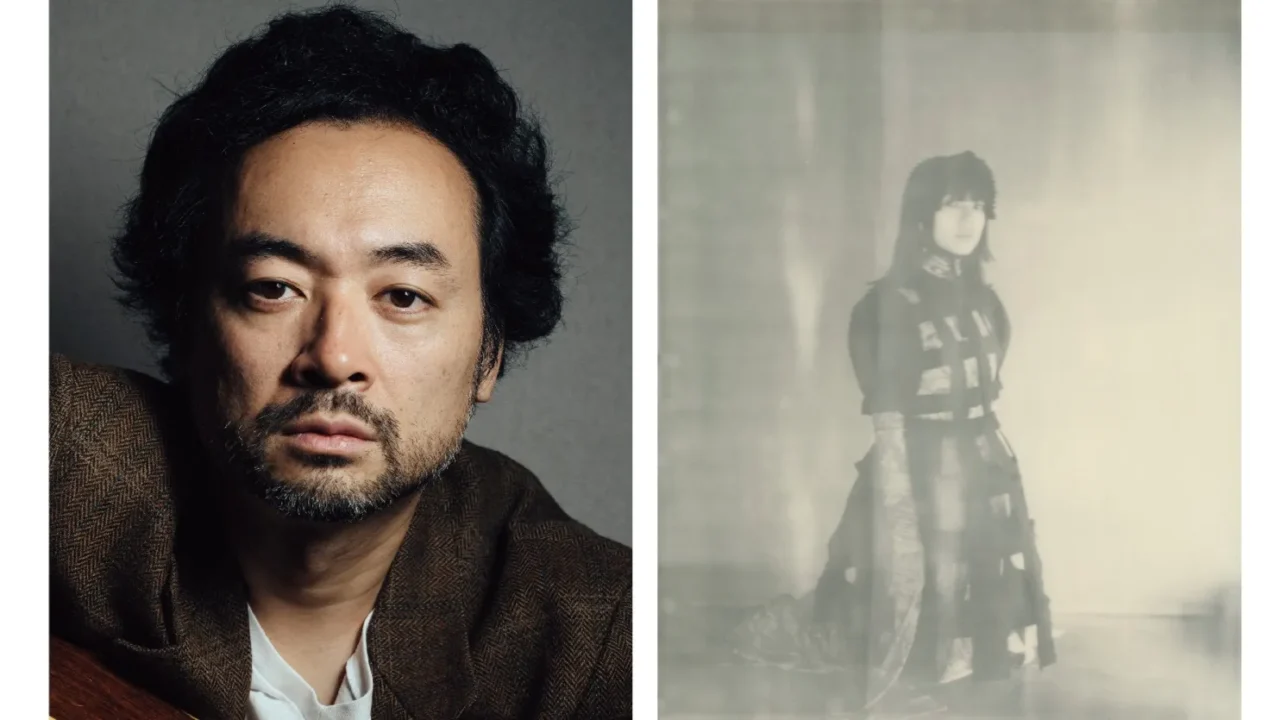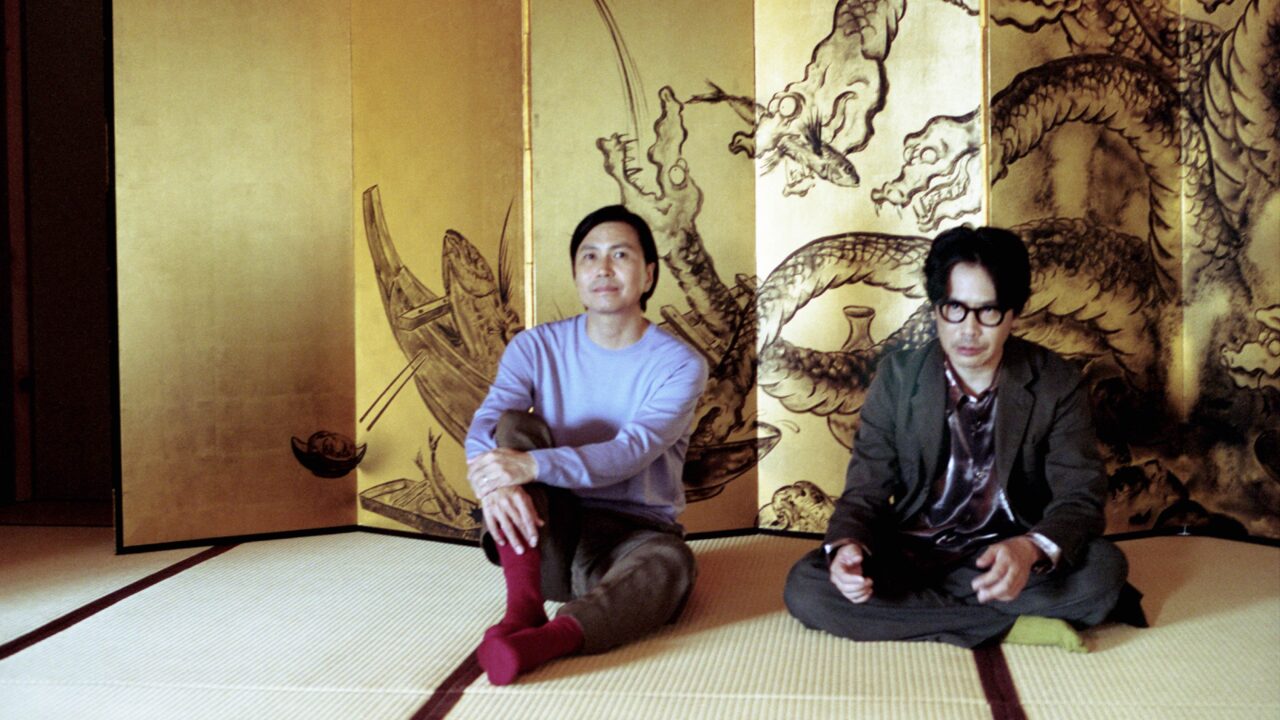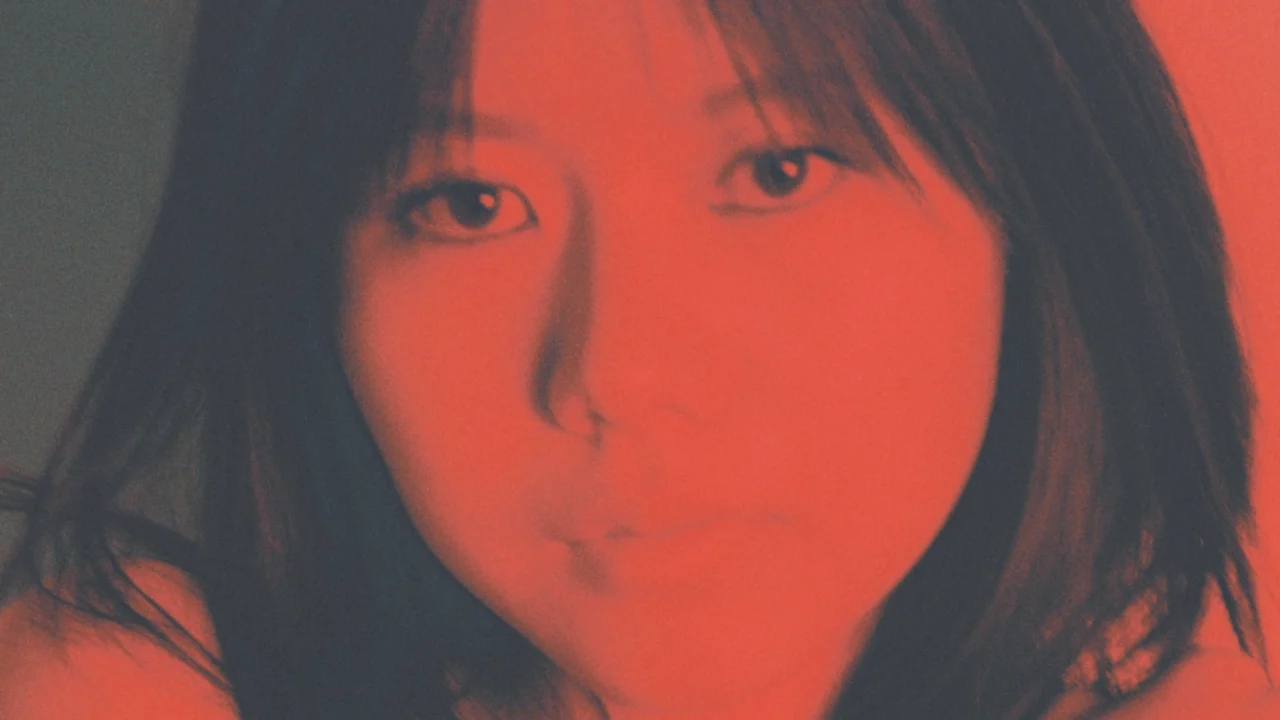Why do musicians perform live? And why do we, as an audience, go to live shows? No matter how advanced recording and video technology becomes, it will never replicate the miracles—or perhaps accidents—that happen in that unique moment and place. Listening to cero’s live album “Live O Rec” prompts us to reflect on the concept of time—past, present, and future—and how these fleeting moments encapsulate endless possibilities.
“Live O Rec” is based on recordings from two consecutive days of live performances, but it’s far from a straightforward live album. Through edits, retakes, overdubs, and various sound manipulations, the work blends multiple layers of time and space. Yet despite these intricate processes, the core of cero’s energy remains rooted in that specific day, that moment, and that place, giving the work its distinct texture.
While the album might seem like a documentary of sorts, it’s too free in its production to fit that label—it blurs reality to create something new. At the same time, calling it a “mockumentary” doesn’t quite capture its essence either. The way time and reality flicker and sway within the sound creates an almost surreal sense of authenticity.
This interview doesn’t aim to fully demystify “Live O Rec.” Written by Ryohei Matsunaga, a journalist who has closely followed cero’s live shows since their early days, and even traveled to local tour performances, this piece is intended to offer a glimpse into the album, providing a starting point for each listener to interpret it in their own way.
INDEX

INDEX
The freedom that comes from the absence of visuals
Where did the idea to make a live album come from?
Takagi: When we did the two-day show at LIQUIDROOM last year (December 2-3, 2023), we were already planning to record it. Since it was two days, we had the chance to capture two takes.
Arauchi: The initial spark came from when we uploaded the live video of “Tableaux” from the final show of the “e o” release tour to YouTube.
Takagi: Yeah, that’s right.
Arauchi: That song had a challenging snare sound to nail down live.
Takagi: Mitchan (Wataru Mitsunaga) was even using a cookie tin as a drum at one point.
Arauchi: So we were already thinking a lot about the live mix, and then Mitchan suggested, “Wouldn’t it be interesting to mix in the sound I recorded on my iPhone, which I always keep next to the drums?” For the YouTube mix, we had Ryoji Yanagida (the engineer) handle it, but I made a version where I mixed in the iPhone audio just for fun. It didn’t make it in time for the actual release, so we couldn’t use it, but when I shared it with everyone, they really enjoyed it.
Arauchi: With that in mind, Takagi suggested that for the year-end two-day event, it could be interesting to experiment with various approaches, assuming we’d record the live performance. Since we tend to come up with plenty of ideas ourselves, we figured it’d be worth giving it a shot.
Takagi: While cero has released several video works, live footage often limits how much we can tweak the audio. If we alter the sound too much, it starts to diverge from the visuals, which then also need adjustment. I’ve always wanted to be free from those constraints and experiment more with just the audio in a live work.
Hashimoto: Even for DVDs, we’d fix some of the sound, but ideally, I wanted to focus more on those details. So, this felt like a good opportunity.
Takagi: Initially, we had plans to involve the audience in the process too.
An approach where the audience participates in the live recording?
Takagi:Exactly. Like, “Please scream here,” or “Do some weird clapping.” At one point, we even thought about having the entire audience turn their backs to the stage, take a picture of nobody looking at us, and use that as the album cover [laughs]. In the end, though, we got too busy preparing for the live show, so we just did it normally on the day.

INDEX
How cero Has Enhanced Their Music Through Live Performances
I don’t think there’s any other band that changes their arrangements as much as cero does in live performances.
Takagi:“We three tend to get bored quickly, so we keep changing the arrangements,” I often say in interviews. Recently, I’ve started to think that our support members might be a bit restless too [laughs]. They come up with ideas with us, so it’s become even less clear who’s driving the arrangements in the live setting. That’s why we felt it was important to capture this moment as a cohesive piece.
Arauchi: Since we changed to our current lineup in the latter half of 2016, I’d say we’re in a period of maturation. From around 2020, I’ve felt a strong sense that things are really coming together. The reduced number of live performances due to the pandemic has made each one feel more special, and our support members are approaching their roles with a renewed freshness. So, we’re both mature and fresh, and in a really great state.

I think many people are curious about what kind of communication underpins cero’s live performances.
Takagi: Even when trying to make eye contact with the support members during a live performance, it often doesn’t happen at all [laughs]. Everyone is dancing or spinning around [laughs].
Arauchi: Mii-chan gets so into the performance that sometimes they don’t look over here either [laughs].
Takagi: They might be drumming away while shouting “Aaaaaah!” [laughs].
Arauchi: Well, we rehearse a lot, so it still works out.
Takagi: For music like ours, it’s common to use manipulators or in-ear monitors to listen to a click track, but we tend to shy away from those methods [laughs]. It’s not that we have a strong belief against it, but we’ve been doing things manually until now, and somehow we’ve ended up being a unique case.
It’s not that we reject using click tracks or syncing tracks for live performances, but there is a certain poetic quality that has been preserved because cero has continued to perform live without them.
Takagi: That’s true. Even something as simple as the sound of the snare drum is different every time. Differences like that accumulate across the stage, and I think this creates a larger flow within cero’s live performances. That’s a relatively important aspect.
INDEX
Evolution in Live Performance Approach Post-“e o“
Last year, our fifth album, “e o,” generated a lot of buzz, didn’t it? And when we started the tour, the excitement only grew. I noticed that, at the Zepp Shinjuku show and the Sendai concert I attended, there were more new types of fans who had never seen cero before.
Takagi: That’s right. When we asked the audience who were at their first cero live show, quite a few people raised their hands. There was definitely a change. People who had only heard our music through streaming probably couldn’t imagine what our live performances would be like.
Arauchi: In a positive sense, there’s no longer a set pattern of excitement at our live shows. It might be perceived as a shift in the vibe.
You mentioned in an interview during the release of e o that the album was created with “silence” as a key concept. This might have resonated with the times.
Arauchi: For live performances, the songs from “e o” tend to become a bit more physical, bringing more energy compared to the studio recordings. I find that quite interesting.
Takagi: It’s difficult for us to explain, but cero essentially evolves past songs based on the mode of our newest tracks. Right now, “e o” is altering the structure of our older songs, and as new things come up, our live performances will continue to evolve accordingly.
Takagi: It’s hard to put into words what makes e o “e o”-like, but the same mode is present in the track “My Lost City.” The exhilaration felt when listening to “e o” isn’t necessarily something that manifests outwardly; it’s more about an inner experience.
In the past, I would have expressed the joy of a live performance as simply being fun if it felt enjoyable. But since “e o,” I’ve come to believe that simply presenting what happens within the music leads to a sense of exhilaration. Essentially, this is what it means to “listen.”
For me, it’s about “listening carefully to what is happening during the performance before singing.” I approach playing with the awareness that I am also one of the listeners. This mindset has been particularly reinforced since “e o” and was further solidified by creating this live album. It feels like a meta-awareness of what’s happening with cero, where I am amazed by it and then express that amazement.















